Amaxophobia, or fear of driving
Amaxophobia is the fear of driving or having a car accident. It belongs to the family of situation-specific phobias. It is manifested by excessive anxiety about a driving situation. Amaxophobia can be characterised by distress when the person is driving (on some or all roads) or as a passenger.
Amaxophobia affects about 5% of adults and particularly those between 20 and 40 years old. Women are the most affected by this phobia.
Virtual reality to overcome amaxophobia
For more than 30 years, virtual reality exposure therapies have proven to be effective in the treatment of anxiety disorders and in particular in specific phobias such as the fear of driving. Gradual and progressive exposure to virtual reality can desensitise you and significantly reduce your anxiety.
« Virtual reality is 80% effective, with benefits that are maintained for more than a year after treatment. » Eric Malbos, Doctor Psychiatrist
C2Care, the world leader in therapeutic virtual reality (VR) since 2015, now allows you to expose yourself from your home. A psychologist will accompany you in your treatment using cognitive behavioural therapies (CBT) and virtual reality exposure to overcome your phobia.
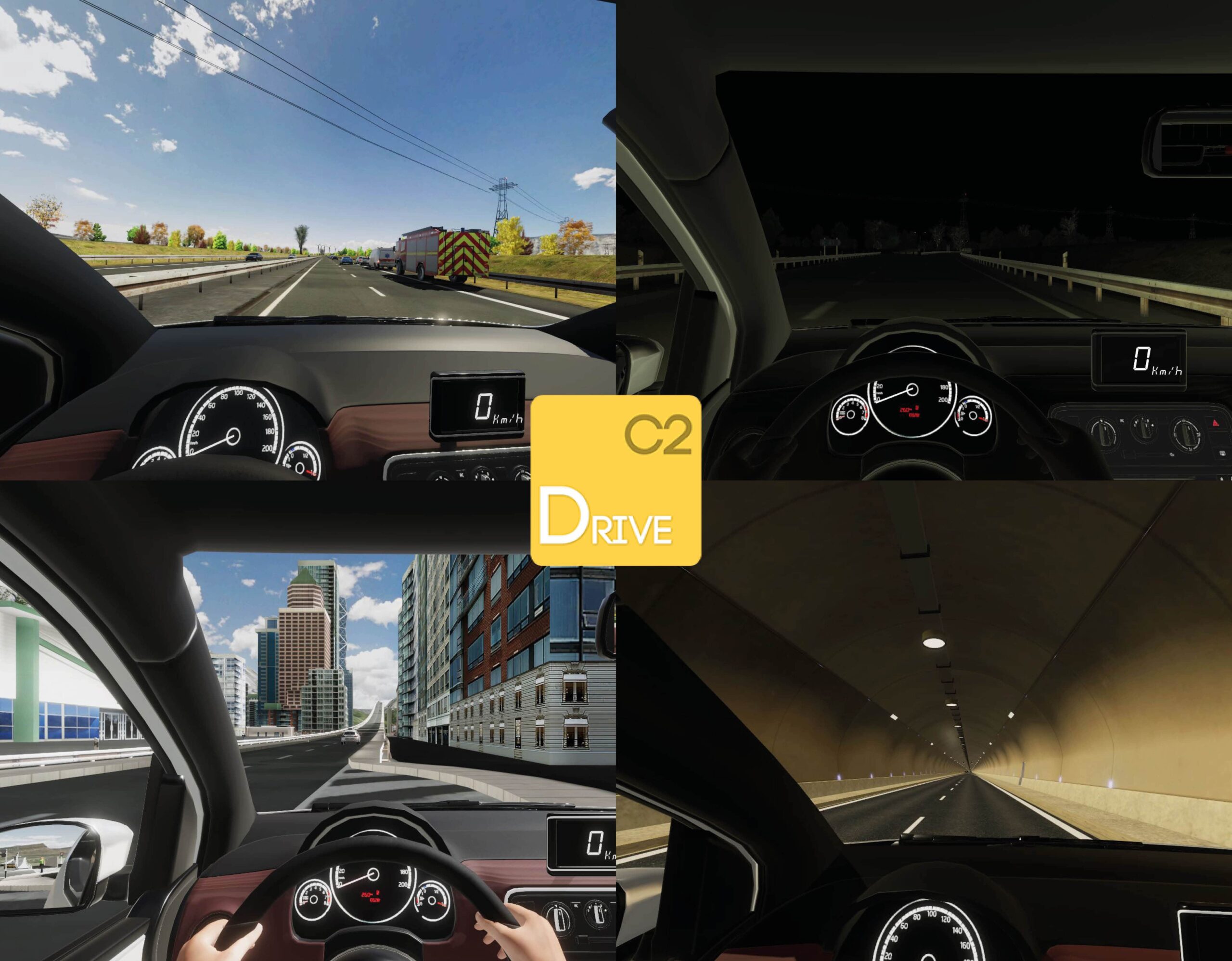
Over 1000 patients already treated, be the next!
Virtual reality adapts to your phobia
Highway
The highway is a real source of anxiety for amaxophobes. The therapist will be able to expose you gradually through the management of different elements:
- Flow: free-flowing traffic, medium and heavy traffic, traffic jams
- Drivers: trucks and motorbikes
- Obstacles: accident, ambulances
- Weather: sun, rain, fog
- Time of the day: day, night
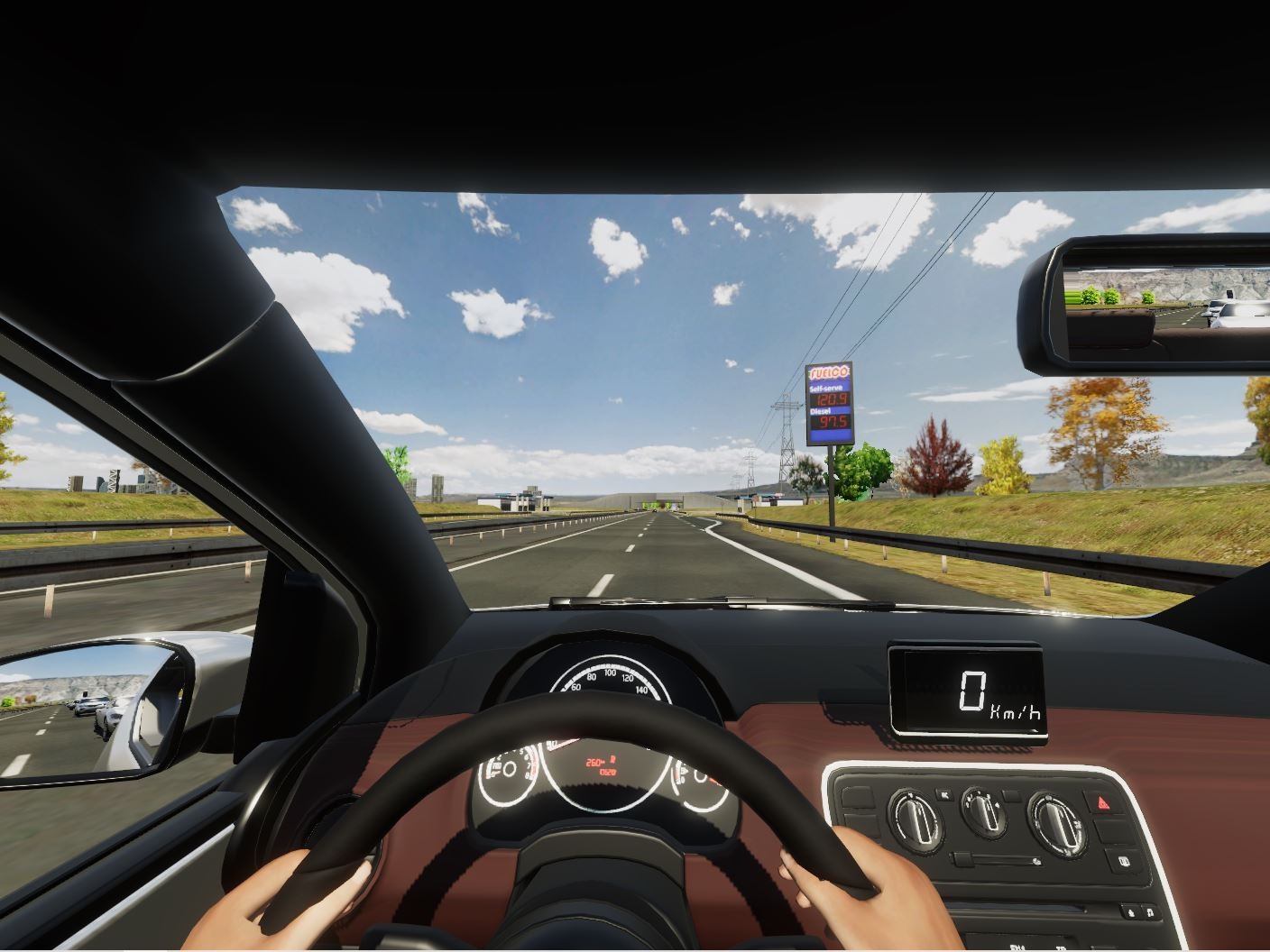
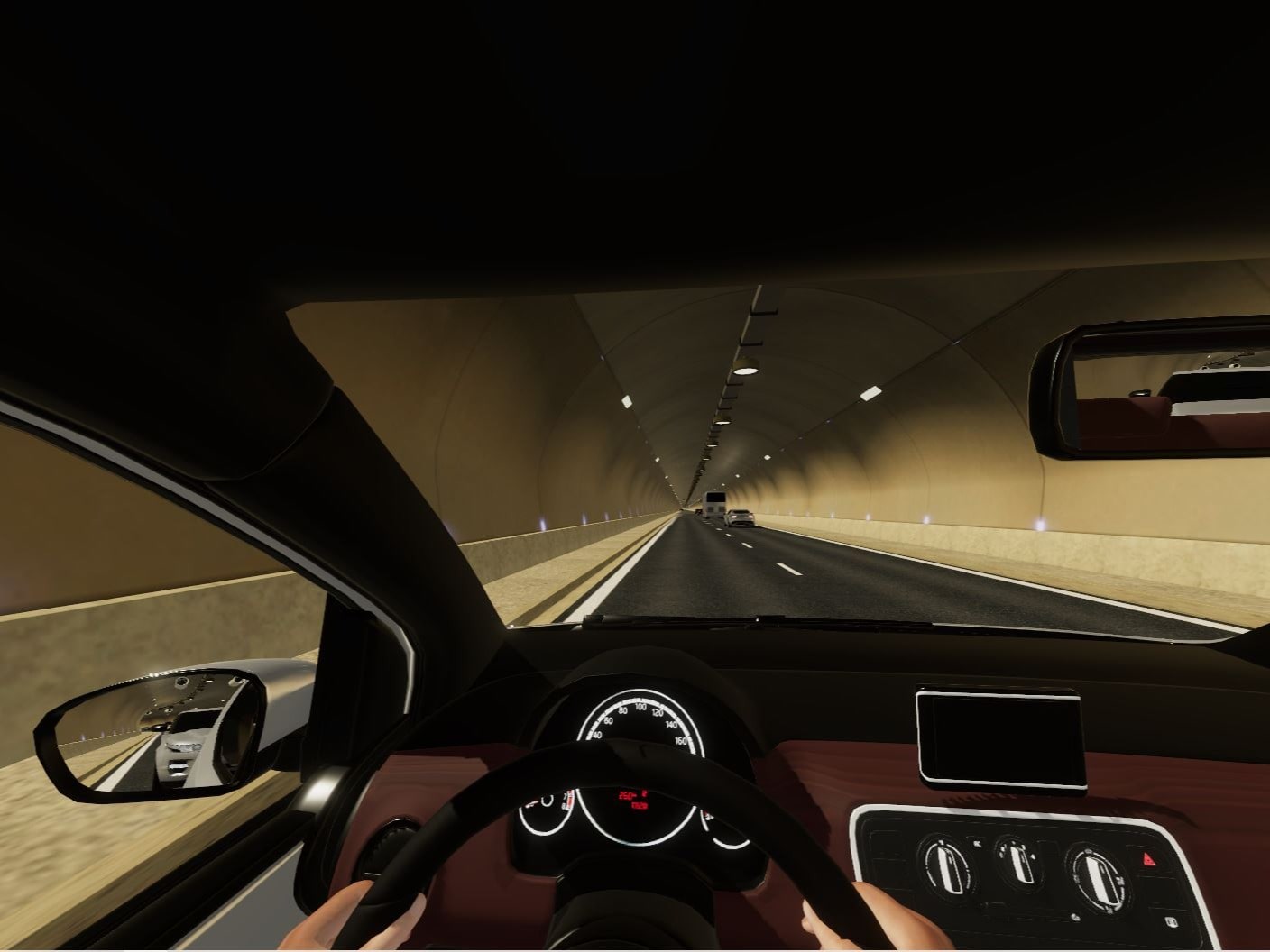
Tunnel
The tunnel is a context often cited by driving phobics. In this environment, you will enter a tunnel and drive through it. Your psychologist will gradually intervene on the environment and the control of the elements: speed of the vehicle, management of the road flow, addition of specific vehicles (motorbikes, trucks), perspectives from the car (passenger, driver), reversible weather (rain, fog, sun)
City
Driving in the city can quickly become a source of anxiety because of the many situations it can create: traffic signals, red lights, shop windows, heavy traffic, pedestrians, proximity to other vehicles. The virtual city allows you to immerse yourself in an interactive environment and to experience the reality of city driving: red lights, sound stimuli, pedestrians, priority crossings, etc.
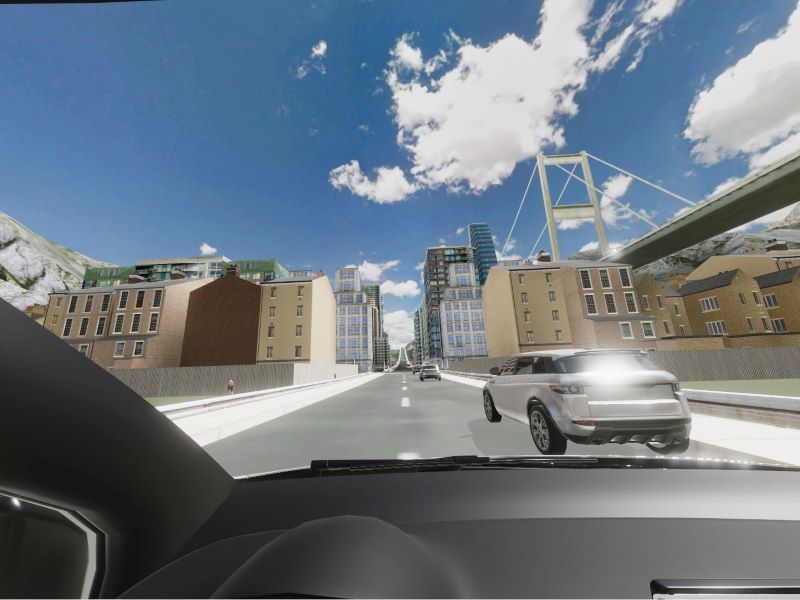
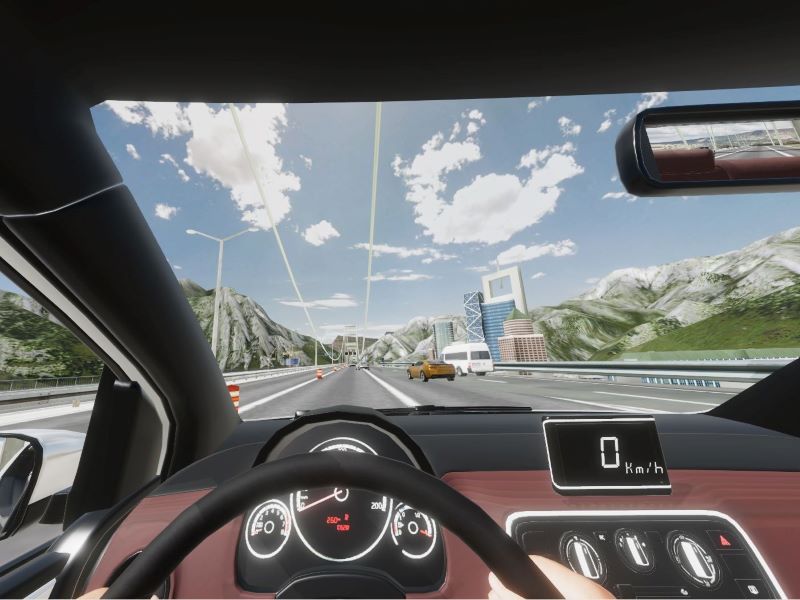
Bridge
Often linked to fear of heights, driving anxiety can also be found on bridges. The sight of the void, with the possibilities that this sight engenders, such as the risk of falling, can generate anxiety. With virtual reality, you can relive the different stages of crossing a bridge, whether it is going up or down. You will finally be able to confront the bridge, by modulating the traffic, the type of vehicle, the speed or the weather.
Mountain
Mountains can often be a source of anxiety for people with amaxophobia. Narrow, twisting roads, hairpin bends, lack of visibility, the emptiness of the surroundings, large vehicles that can force you to make manoeuvres that are perceived as dangerous. Exposure to this environment through virtual reality will allow you to stop avoiding these environments. Virtual reality will bring you to the road as you go along to get as close to reality as possible.
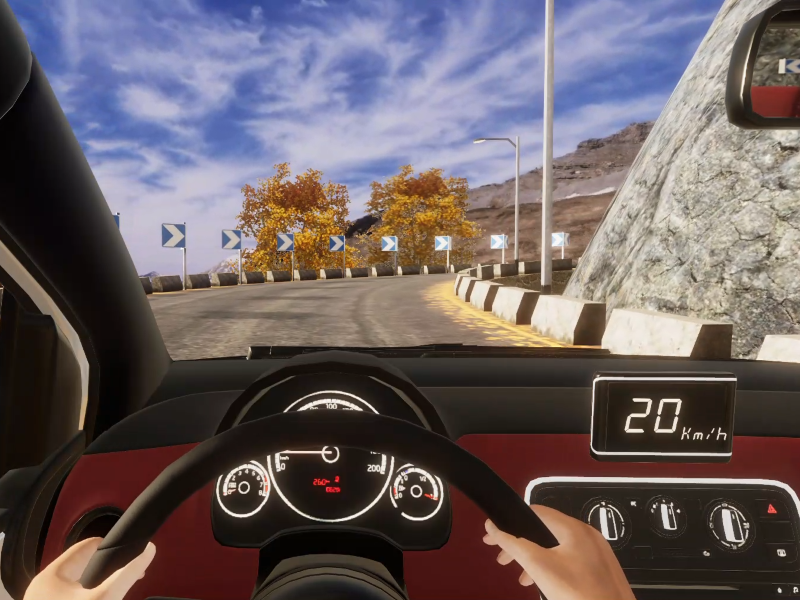
How does it work?

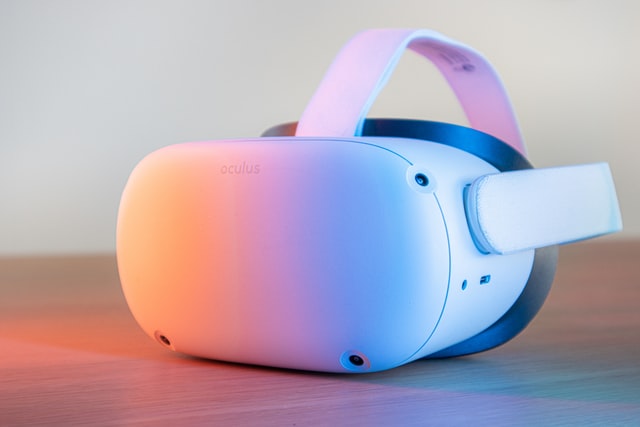
I get my headset
You will receive a virtual reality headset with unlimited access to our software, or, if you are already equipped, you can choose to have only the software. Our packages are carefully packed and shipped very quickly.


I carry out my sessions
During 2 sessions per month, the psychologist and yourself will discuss your amaxophobia in order to understand it and to give you the necessary tools to reduce it. You will be exposed to virtual reality in a progressive manner adapted to your amaxophobia.

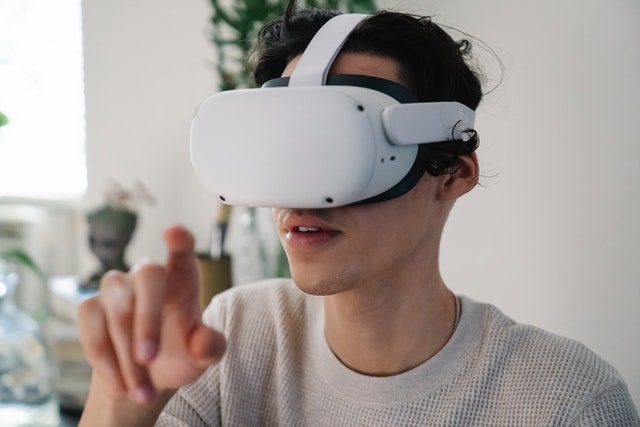
I use my headset autonomously
Apart from the sessions with your psychologist, you will be able to repeat as many times as necessary the exposure to the different driving situations in order to create a habituation and thus reduce the anxiety related to them.
Testimonials
Each person tells in their own words about the support they have received and the major changes that have taken place in their lives. All these testimonies are proof that yes, one’s life can change, and that we are doing everything we can to guide you on the path to that change.
